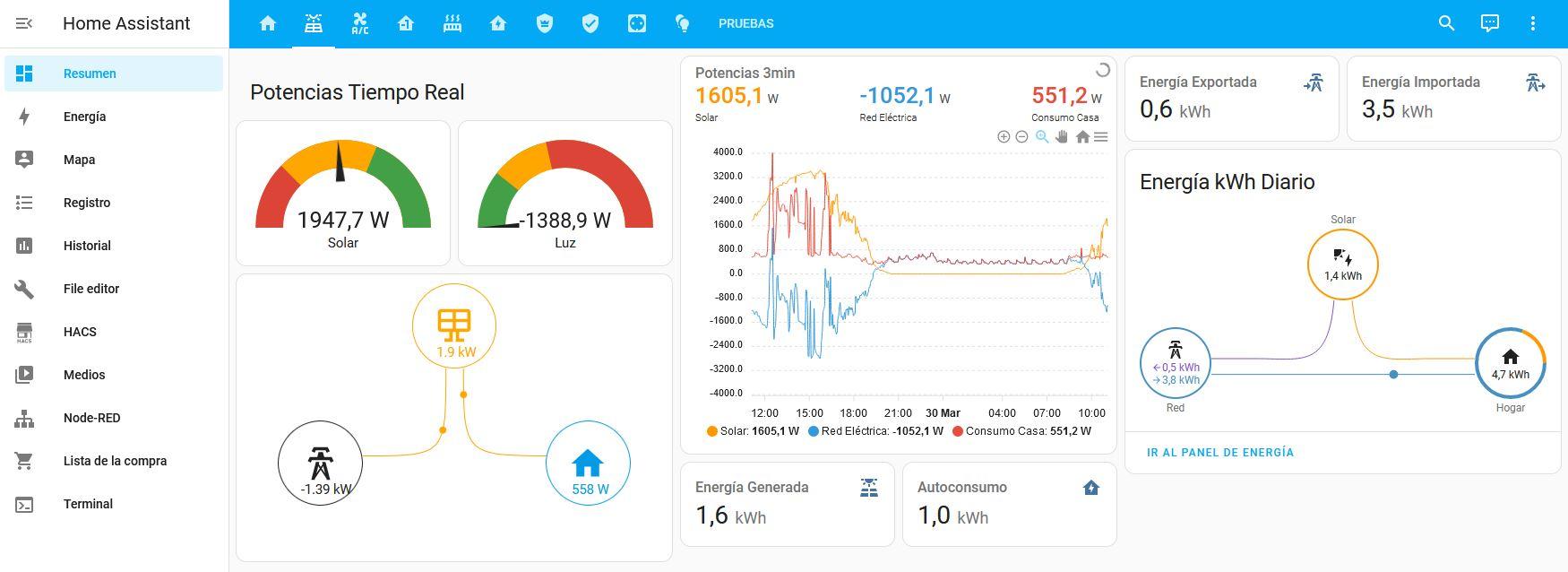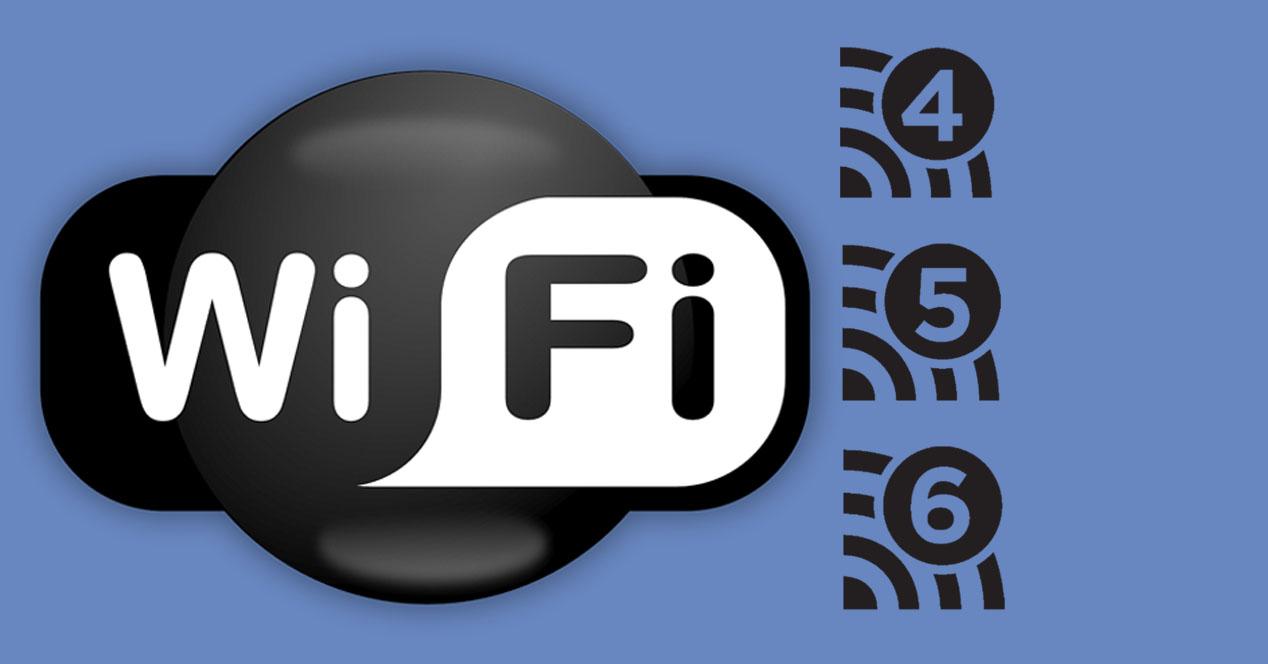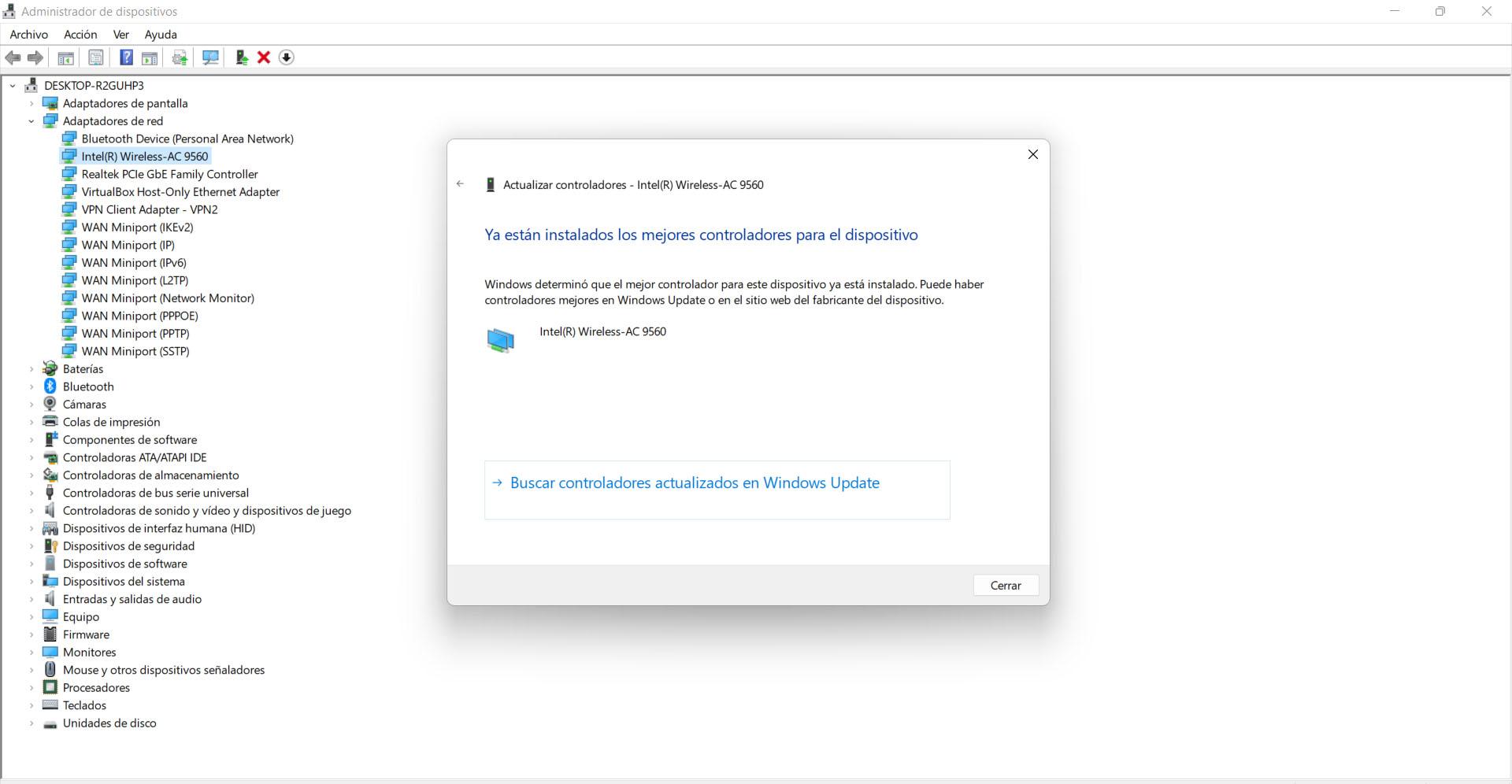
We are going to show you the minimum and recommended characteristics so that you do not have performance problems. We will also put some mini pc options that you will be able to buy, so that you can choose the one that best suits what you are looking for. Keep in mind that there are many options, with different characteristics. The ideal, yes, is to buy one with guarantees.
How to Choose a Mini PC for Home Assistant
Most of the Mini PCs that we can currently buy, far exceed the minimum requirements that Home Assistant has to function correctly, however, if you are going to have a large number of sensors and devices managed centrally by this home automation system, our recommendation is you have more CPU cores, RAM and disk storage. The minimum requirements are as follows:
- 2vCPU: at least we need two processor cores, today almost any CPU in a mini PC more than meets this requirement.
- 2GB RAM: It is the minimum that must be dedicated to Home Assistant to avoid problems, however, it really consumes much less, but it depends on all the integrations that you have in the equipment.
- 32GB of storage: Although it does not detail whether we need a hard drive or an SSD, our recommendation is that you always use an SSD so that Home Assistant works optimally. Regarding storage capacity, we also depend on how many integrations we have, and how much historical data we want to keep in memory.
The best way to installing Home Assistant is through a Proxmox, and virtualize the Home Assistant operating system, to have the snapshot features available to us, which is a really important thing to “roll back” in case it’s necessary for some configuration error. However, we could also use Home Assistant directly natively, although we do not recommend it because we will lose this very interesting functionality. Of course, we can also install it through Docker, if we intend to use container virtualization.
The vast majority of mini PCs They have the Windows 11 operating system by default, either in its Windows 11 Home or Windows 11 Pro version. Whenever we buy a Mini PC and it comes with this operating system, it should have at least 8GB of RAM to avoid having any resource problems, so we can put 3GB on it of RAM memory for Home Assistant and that it works more fluently. In the event that it has 16GB of RAM, you can add 4GB of RAM to Home Assistant so that it has plenty of resources. In Windows 11 we have two ways of installation:
- Use virtualized Home Assistant Operating System with VirtualBox, KVM, VMware Workstation or Hyper-V
- Use Home Assistant Core on Windows using the Linux subsystem.
As for the processor, it is recommended that it be a Intel N100 or higher, although the higher-end models above should work just fine for you as well. In the event that you have an AMD Ryzen, make sure that it is powerful, like the Ryzen 5 5500U that is oriented towards low consumption, because you have to “move” both the Windows 11 system and Home Assistant, it will not work with a processor very basic.
With respect to disk storageit is recommended that you have a ssd for everything to work very fast, the capacity is not so important because with a few 50GB will already have more than enough space to store all sensor data, full backups, partial backups, and any integration that downloads a lot of data.
Finally, in terms of connectivity, it is always recommended that you have a Gigabit Ethernet port for connecting via cableAlthough most mini PCs incorporate WiFi connectivity, we do not recommend using it because this would cause excessive traffic on the wireless network, and we could have a certain delay in all the actions to be carried out.
Recommended Mini PCs
Currently there are a large number of Mini PC models from many brands, we are going to indicate a total of 5 models that are perfect for Home Assistant, since they will be quite “left over” to run it, either in a Proxmox-based virtual machine , and even with Windows 11 and using VirtualBox or VMware.
Beelink SER5
This model is very interesting because it is quite powerful and we can find it for approximately €300, although there are cheaper models, we must assess the power of the new models with Intel or AMD. The features are:
- Processor: AMD Ryzen 5 5500U with 6 cores and 12 threads at 2.1GHz speed.
- RAM: 16GB DDR4, expandable up to 64GB of RAM.
- Storage: includes an M.2 NVMe SSD with 500GB capacity, allows you to install a 2.5” disk inside.
- connectivity: Gigabit Ethernet port, Wi-Fi 6 and different USB and HDMI ports.
The price of this equipment is around €300 approximately, a very good price considering that its hardware is quite powerful.
Beelink SER5 PRO
This equipment is very similar to the previous one, the main difference is that its processor is much more powerful, ideal if you are going to carry out very advanced integrations in Home Assistant. The features are:
- Processor: AMD Ryzen 7 5800H with 8 cores and 16 threads at 3.2GHz speed.
- RAM: 16GB DDR4, expandable up to 64GB of RAM.
- Storage: includes an M.2 NVMe SSD with 500GB capacity, allows you to install a 2.5” disk inside.
- connectivity: Gigabit Ethernet port, Wi-Fi 6 and different USB and HDMI ports.
This equipment is over €350 in price, but if we want a much more powerful processor than the previous one (and also higher energy consumption) it is the perfect model.
Beelink EQ12
This mini PC includes the new Intel N100 processor, a very powerful and low consumption processor, ideal for saving money at the end of the month on the bill, since it will have to be permanently on. The characteristics of this model are:
- Processor: Intel N100 with 4 cores and 4 threads at 3.4GHz speed.
- RAM: 16GB DDR4.
- Storage: includes an M.2 NVMe SSD with 500GB capacity, allows you to install a 2.5” disk inside.
- connectivity: 2.5G Multigigabit ports, Wi-Fi 6 and different USB and HDMI ports.
This equipment is somewhat more expensive than the SER5 but somewhat cheaper than the SER5 PRO. If you want maximum power, the SER5 PRO is your mini PC, but if you want very low consumption, the Intel N100 model is the best in this regard, and it will work perfectly for you.
There are cheaper models for around €150, but they usually have a much slower processor than the Intel N100, and only 8GB of RAM, which might be fair if you want to do other tasks. Our recommendation is that you invest a little more money in a good model, and that you do not run out of power too soon.
As you can see, there are different alternatives to buy a Mini PC and use it with this popular home automation system. The more powerful the device, the better it will work and the more features you will be able to use. Choosing one with guarantees is important to avoid problems and that everything works correctly for your home automation.




